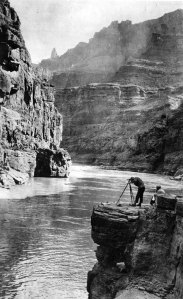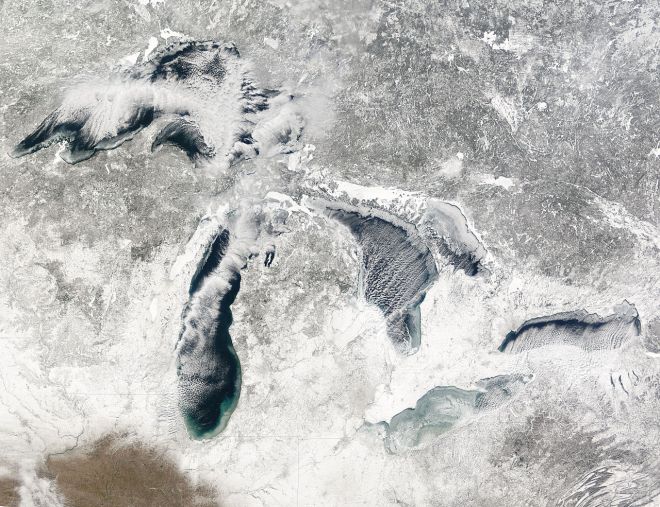River and water news – March 14th, 2014
Warragamba dam wall raising divides experts A major state government review has found spending up to $1 billion raising Warragamba Dam wall was the best infrastructure option for reducing the flood risk to thousands of Sydney homes. But the work would have ”significant potential environmental costs”. Cheaper options that do not damage the environment include reclaiming homes in flood-prone areas.
Colarado River dam opening for flood experiment The gates of Morelos Dam, located a mile south of where California, Arizona and Mexico adjoin, will open to release a man-made flood. Water hasn’t flowed regularly to the Gulf of California since 1960 when the Colorado River was dammed. The planned “pulse flow event” mimics the floods that happened each spring in the days before damming. About 380 bird species are expected to benefit from the new flow.
Murray-Darling basin plan ready to run Its been 6 years in coming but NSW has finally joined other States to co-operate to return 2750 gigalitres of water back to benefit the river environment. NSW held out until the Commonwealth agreed to limit irrigation buybacks to 1500GL. About 1150GL has already been secured in buybacks, and 750GL through increased efficiencies in infrastructure and on-farm programs. That leaves 850GL still to be found; 650GL is earmarked to come from efficiency measures and 200GL from more buybacks.
Brisbane water bacteria linked to lung disease Brisbane’s water supply contains bacteria linked to increased cases of tuberculosis-like lung disease in middle-aged women, new research has found. Of the 200 cases of non-tuberculous mycobacterial disease diagnosed in Queensland each year, about 40% can be attributed to the bacteria in the water supply. Reducing the temperature of home hot water systems may have contributed to increased household exposure to these mycobacteria.
Did 5 years of drought lead to 2 years of revolution in Syria? A recent study suggests ongoing failure to rationalize water use and enforce environmental and water use laws has depleted resources and caused discontent in Syria’s rural communities. A botched transition to a social-market economy increased rural poverty; and countless families abandoned their farms for the cities in search of work. Drought and the government’s failure to respond to the ensuing humanitarian crisis then formed one of the triggers of the uprising.
Great Lakes nearly frozen for 1st time in 20 years Lake Superior is more than 90% iced over, and experts say it may be covered completely before winter’s end. The icy lakes are having a major effect on the environment around them. They can reduce snowfall as ice cover prevents evaporation. Ice on the Great Lakes can also contribute to more frigid temperatures because the warmer lake water won’t have the chance to moderate the temperatures of northerly weather systems.


